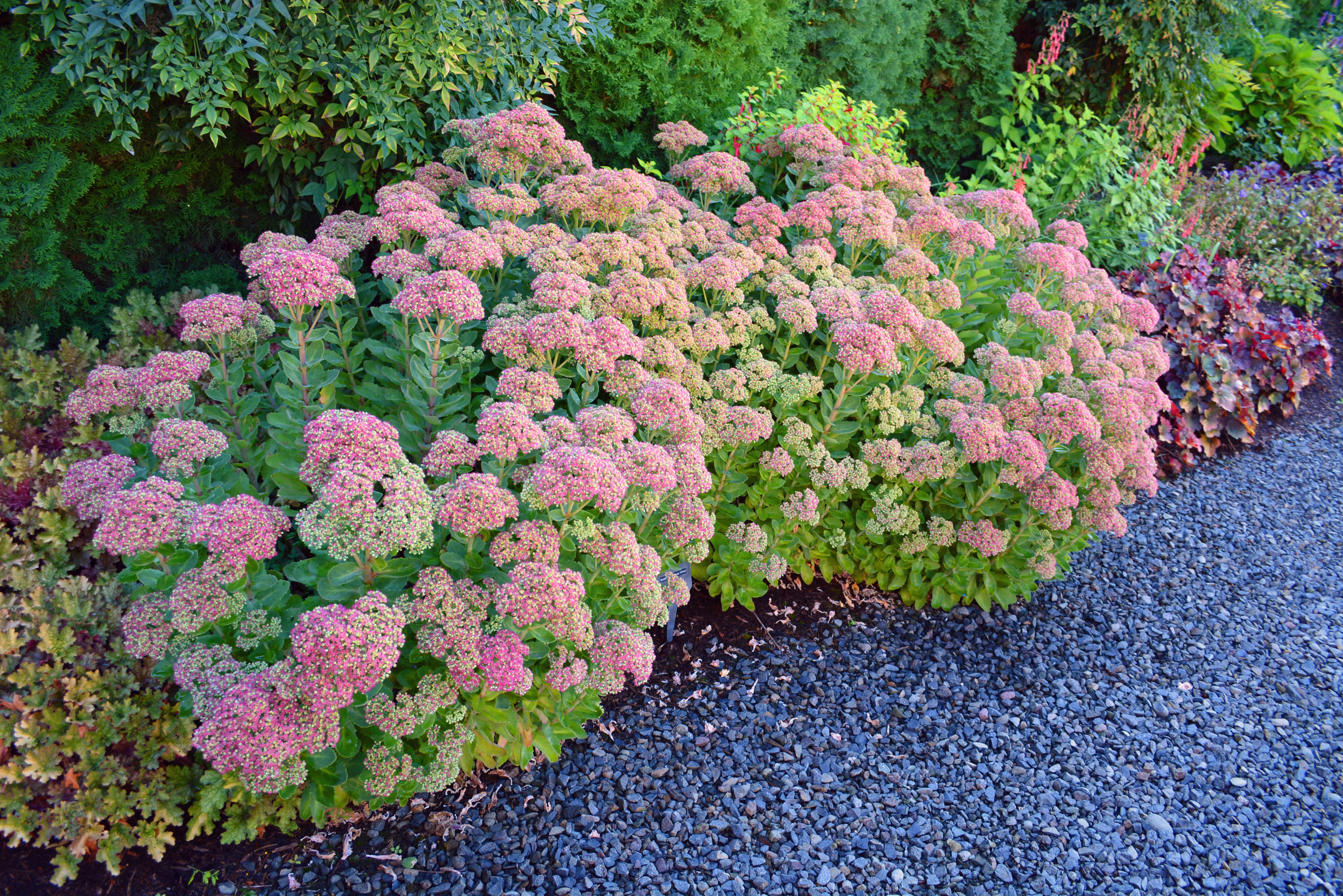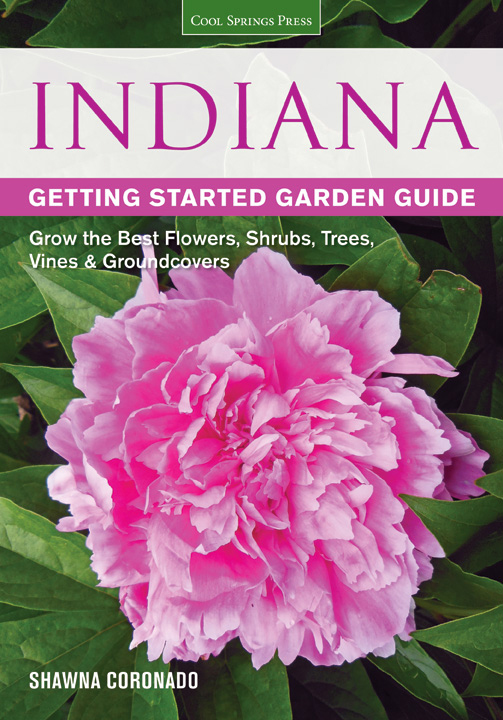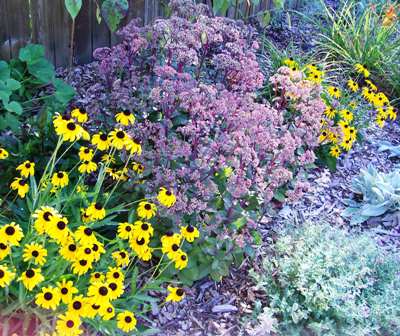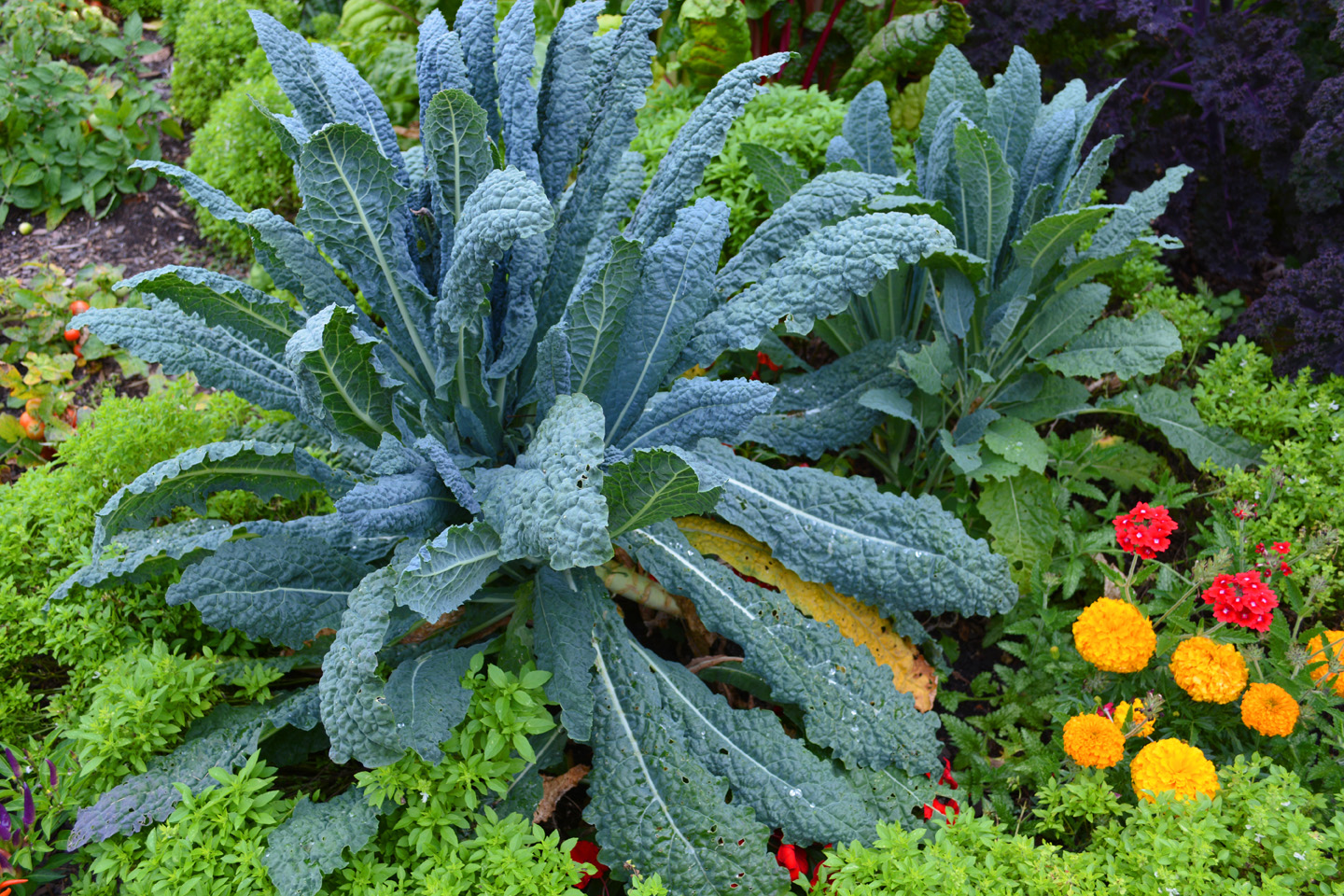Best Stonecrop or Sedum Growing Tips
Grow Stonecrop because it is Versatile and Drought Tolerant
Stonecrop, or Tall Sedum, is a species related to the groundcover creeping sedum, yet its height makes it significantly more versatile in the landscape. It is a terrific ornamental succulent that can be used in xeric and drought-tolerant perennial beds. Stonecrop has various shapes of leaf and flower, is deer resistant, attracts beneficial insects, and can be grown in virtually any type of soil or location, from roof to container to ground, as long as they have access to regular sunshine.
This drought tolerant joy is the perfect butterfly garden plant; it attracts both bees and butterflies in large quantities. It blooms in the late summer or early fall. Some varieties of stonecrop are edible and are particularly good in stir-frying, but eating stonecrop raw can upset your stomach, so make sure you cook it first.

Below is an excerpt from my book, the Indiana Getting Started Gardening Guide, which can give you some insight into growing this interesting plant.
Stonecrop or Tall Sedum Growing Guide
- Botanical name — Sedum spp.
- Bloom Period and Seasonal Color — End of summer or fall; various colored foliage that bloom white, pink, burgundy, and purple
- Mature Height × Spread — 15 inches to 3 feet × 15 inches to 2 feet
- Added Benefits – Edible, beneficial to insects
- Sun Requirements – Sun, Part-Sun, Part-Shade – Hardiness Zones 4-9
When, Where, and How to Plant Stonecrop
Stonecrop will do well in almost any soil but prefers a light, sandy, or gravel area exposed to full sun. Loosen heavy clay soils with rotted manure, compost, or gravel before planting as good drainage is the key to success with the plant. While full sun is its preference, it will tolerate part shade but can become floppy and have weak stems in shady, moist conditions.
Stonecrop Growing Tips – In summer, particularly during dry summer weather, water every two weeks. Moisten the soil without soaking it like the leaves of this succulent store water, so heavy irrigation is not necessary. Plants that stand in water will drown and typically suffer from root rot and fungal issues. Fertilize in early spring with organic fertilizer and prune back any dead growth from winter. Do not overfertilize as the plants will become leggy and weak. I once planted ‘Matrona’ in a pile of rotted manure and the leaves achieved a giant size, larger than my hand, but the stems became gangly and floppy.
Stonecrop Advice and Care – Shade and overcrowding can cause fungal issues. Treat botrytis leaf blotch and other fungal conditions with an organic fungicide. While resistant to deer, some regions see deer eating this plant to the ground; it depends on the area and level of wildlife exposure.

Companion Planting and Design with Stonecrop – Stonecrop looks amazing in border gardens, large landscape installations, and containers. It’s a fantastic solution for difficult locations like busy urban areas because it looks great even after being exposed to high levels of air pollution, poor soil, and low water conditions.
Want more creative growing and gardening ideas for sedum or stonecrop, particularly for gardens in the Midwest? Please get my book, the Indiana Getting Started Garden Guide.



